Content
Many gardeners choosing julienne for their site, they want the future fruit tree to be unpretentious, and every year it gives a lot of tasty, juicy fruits. Given the varietal variety of pears, it is rather difficult to choose one single option that meets all the requirements. Therefore, for those who today are in search of "their" seedling, we will try to tell you about the long-known, time-tested pear variety "Yakovleva's Favorite". A few years ago, it was grown in horticultural farms. Today nurseries offer these seedlings for growing in private backyards. For a closer acquaintance with the culture, we offer in our article a detailed description of the pear variety "Lyubimitsa Yakovlev", photos and reviews about it. Perhaps, after studying the proposed information, even more seedlings will find their owner.
Detailed description of the variety
Many years ago, the famous Soviet scientist-breeder Pavel Nikolayevich Yakovlev in the genetic laboratory of Tambov bred a new pear variety, which was named "Yakovlev's Favorite" in honor of its creator.
To develop a new variety, two well-known pears were crossed: "Daughter of Blankova" and "Bergamot Esperena". The resulting new variety combines the best qualities of its ancestors and has become widely demanded among experienced and novice farmers. "Yakovlev's favorite" was used for industrial fruit growing on collective farms. Breeders, in turn, used the variety for further breeding of even more advanced types of pears.
Today the pear "Yakovlev's Favorite" is familiar to almost every experienced gardener. It is zoned in several regions of Russia at once, in particular, in the Central, Central Black Earth and Middle Volga regions. In the industrial economy, the variety was eventually supplanted by modern types of culture, but for domestic cultivation the variety "Lyubimitsa Yakovleva" is still in demand and enjoys wide popularity. Seedlings of this pear are offered by many horticultural nurseries.
Plant characteristic
The variety "Lyubimitsa Yakovleva" is tall. Its fruit tree grows up to 4 m, and sometimes up to 5 m. The plant reaches its impressive dimensions quite quickly. The skeletal branches of the tree extend at right angles from the main trunk. They are covered with gray smooth skin. When formed correctly, the numerous branches and crown of the pear take on the shape of a pyramid. The leafiness of the fruit tree is assessed as medium. The leaves of the plant are round, ovoid. Their color is green or dark green.
In early spring, pear buds are actively awakening. They are pointed, tightly pressed against the branches. Numerous inflorescences consist of 7-10 simple flowers at once, white in color. Terry flower petals make the plant decorative.
Despite the many flowers that form in spring, the pear is characterized by low self-fertility. Only 10-25% of ovaries are formed by their own pollen. Some farmers, due to this feature, call the variety self-fertile, and in order to obtain good yields, it is recommended to plant a pollinator variety near the pear. On the basis of numerous tests, it was concluded that the "Lyubimitsa Yakovleva" variety demonstrates the maximum yield in combination with the "Summer Duchess" variety.
A tall fruit tree has not only a lush crown, but also a well-developed root system.This must be taken into account when placing the plant on the site. It cannot be grown near residential buildings and outbuildings. A huge pear can shade undersized shrubs or dwarf trees with its crown.
When choosing a pear variety for your garden, be sure to pay attention to the external description and characteristics of the tree itself, in order to take into account the existing features of the plant and create the most comfortable conditions for it during the growing process.
Characteristics of fruits
The unique taste of pears is the main advantage of the Lyubimitsa Yakovleva variety. Ripe fruits contain a lot of sugar (8.6%). The sweetness of the fruit is combined with a slight sourness, which displaces freshness from the taste.
The pears of the proposed variety have a homogeneous, slightly oily, juicy pulp with a unique quince aroma. The inner cavity of the fruit has a yellowish or creamy hue. The skins of pears are so thin that they are barely noticeable when eaten fresh. Unfortunately, the negative aspect in assessing the quality of the fruit is the presence of a certain amount of hardened cells. They stand out unpleasantly from the overall consistency of the pulp. Such cells are formed, as a rule, in dry years, therefore, when growing Yakovleva pears, it is recommended to pay special attention to watering.
In addition to sugar, fruits contain a large amount of ascorbic acid and P-active substances, which makes the fruit not only tasty, but also very useful. They also include a large amount of dry substances and a number of vitamins.
The external description of the “Lyubimitsa Yakovleva” fruit is excellent. Fruits weighing about 150 g have a classic pyramid shape with a wide base. The peel of pears is matte, colored gray-green with a yellowish tinge. Ripe pears acquire a bright yellow color after long-term storage. Some fruits may develop a slight blush on the sunny side of the tree. Numerous green subcutaneous spots are clearly visible over the entire surface of this variety.
Pears "Yakovleva" have a juicy, but rather dense consistency. This makes them ideal for long-term transportation and storage. Fresh fruits of high marketability can be successfully grown for the purpose of subsequent sale. In general, the purpose of pears is universal. They can be used to make jam, preserves or compote. The fruit can be dried if desired.
Fruiting period and crop yield
The seedling of the proposed variety, after planting in the ground, quickly grows skeletal branches, shoots and crown, becoming a full-fledged fruit tree. Already 3-4 years after planting, the pear begins to bear fruit. The first harvest is usually only a few kilograms. By the age of 7, the fruit yield is 20-30 kg. With further maturation, the yield of the tree increases to 200-220 kg.
Fruits ripen in early autumn: you can harvest in early September. Ripe pears retain their freshness for a long time and can remain on the tree branches until the November frost. Numerous fruits can be further used for processing, sale for sale, long-term storage in bins.
Numerous photos and descriptions of the “Lyubimitsa Yakovleva” pear variety make it possible for every gardener to get to know the proposed culture as closely as possible. Based on this information, we can draw some conclusion, highlighting the advantages and disadvantages of the variety.
Advantages and disadvantages
Speaking about the positive qualities of the "Yakovleva" variety, it is necessary to emphasize the high yield, the stunning external quality of the fruits, the high marketability and transportability of pears.The interesting taste of fruit can be both an advantage and a disadvantage of the variety, since many farmers claim that it is, as they say, “for everybody”. The obvious advantages of the variety are also:
- the ability to store fresh fruits in cool conditions for 3-4 months;
- high winter hardiness of the variety;
- resistance to adverse external conditions, including drought;
- decorativeness of a tall tree.
The disadvantages are also worth mentioning for an objective assessment of the variety:
- the formation of coarse pulp cells in the dry season;
- low self-fertility rate;
- the need for a pollinator near the main plant.
Thus, if there is enough space on the site and there is a desire, the opportunity to plant two pears at once, varieties "Lyubimitsa Yakovleva" and "Duchess Summer", then you can choose the proposed seedlings without hesitation. This will allow harvesting a huge harvest of fruits of various flavors with different ripening periods, thereby providing the family with an endless stream of fresh, healthy fruits throughout the season.
Planting a seedling and caring for a plant
It is possible to preserve all the basic characteristics of the variety only if it is properly planted and the necessary care for the plant is carried out. So, the pear "Yakovlev's Favorite" must be planted on a well-drained, sunny plot of land. Flooded areas are not at all suitable for a plant, and a lack of sun can significantly reduce the sugar level in fruits.
The soil for the pear should preferably be black earth or loamy. It is recommended to increase the fertility of the soil before planting with organic matter. Over-matured compost or manure should be introduced into the planting hole 2-3 weeks before planting the seedling. Along with organic matter, add 2 cups of lime and a little rust to the soil.
During planting, the seedling must be placed in the planting pit so that its root collar is just above ground level. The near-stem circle of the seedling should be watered and mulched abundantly. The process of planting a pear seedling is described in detail in the video:
.
Caring for an adult tree consists in regular watering and loosening the soil in the near-trunk circle. Every year in the spring, before the buds dissolve, it is necessary to prune the pear, removing diseased and excess branches, slightly shortening the fruiting shoots. Also, in the spring, you need to fertilize the plants by introducing 2 buckets of humus into the trunk circle for every 1 m2 soil. Preparing a seedling for wintering consists in applying whitewash to the trunk and covering it. Geotextiles or burlap should be used as a covering material.
The fruit tree of the variety "Lyubimitsa Yakovleva" has a low immunity to various diseases, therefore, when growing this pear, it is recommended to pay special attention to preventive measures to combat ailments. To do this, in the spring, even before the buds bloom, you need to spray the tree with a 3% solution of iron or copper sulfate. Bordeaux mixture is also highly effective. Autumn processing of pears should consist in spraying the branches and crown with a 10% urea solution. The same composition can be used to fertilize the soil in the plant's trunk circle.
In general, planting and growing Yakovlev pears, as a rule, does not cause any difficulties for gardeners. The only peculiarity in this case is the need to plant a pollinator near the main pear.
Conclusion
It is not at all difficult to grow a good pear harvest: you just need to choose the right variety and make some effort. To do this, you can use the time-tested fruit tree "Yakovleva's Favorite". In combination with Summer Duchess, this plant will delight you with a mass of tasty and juicy, beautiful and healthy fruits. Their purpose is universal, which means that not a single fruit will be lost.Summer pears "Duchess" will also be a tasty find for a gardener.
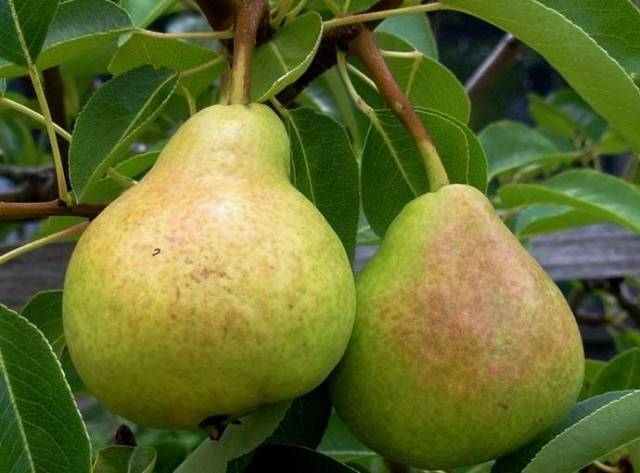
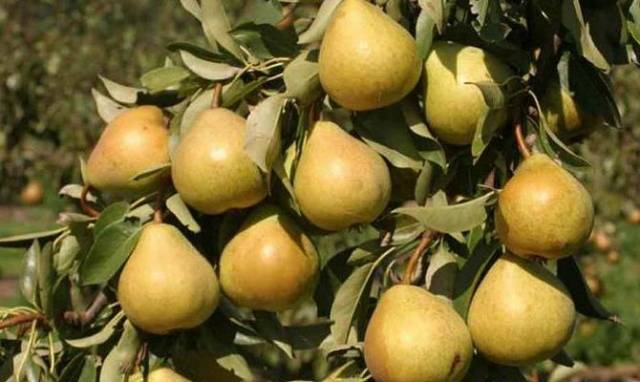
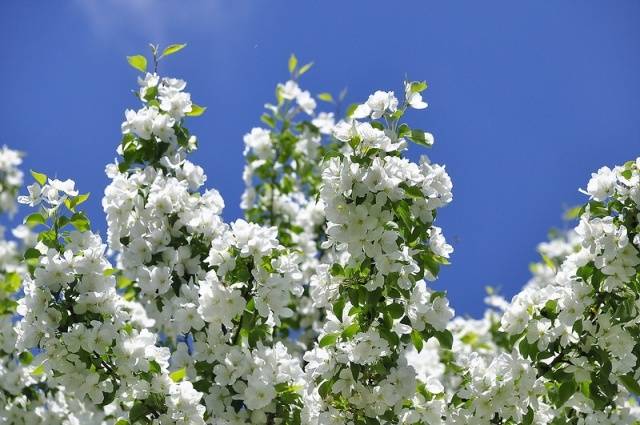

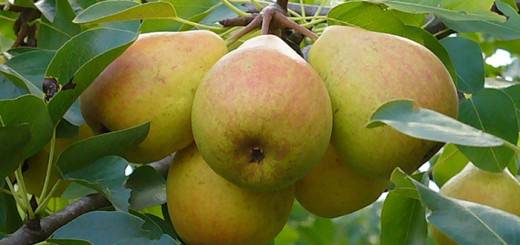

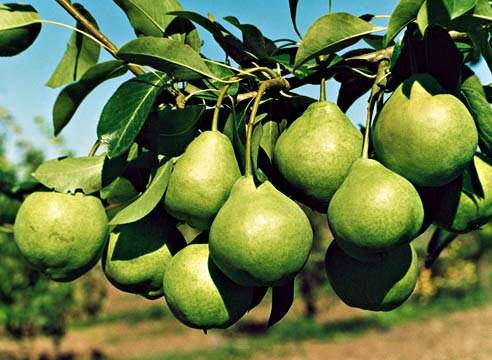
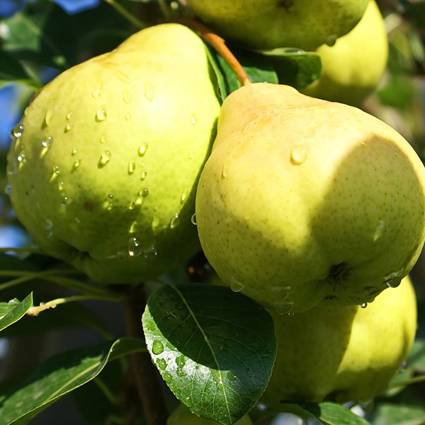
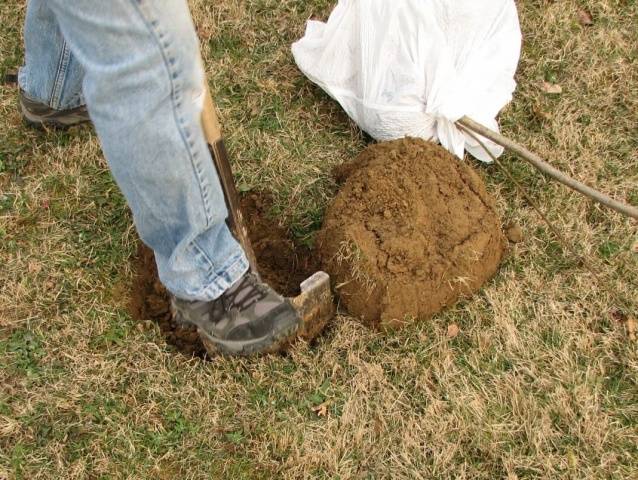
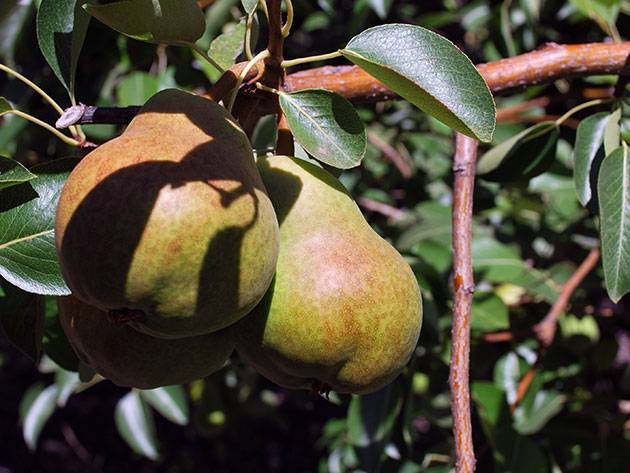









If the pear, Yakovlev's favorite, is not treated with the Bordeaux mixture on time, then the fruits quickly turn black and the leaves too. The variety requires careful maintenance and careful pruning. I believe that this variety is not suitable for a lazy and novice gardener. You need to start with more modern varieties. Low maintenance.
I grew three pears and all, unfortunately, summer ones: Nadyadnaya Efimova, Chizhovskaya, Kosmicheskaya. Everyone feels great, they are 20 - 30 years old. But! I also want to grow an autumn-winter variety. So far, I have not made a decision regarding the variety, but the stock is growing, in its place, it is already two years old. What do you advise?
Good afternoon, Old Man!
It is very difficult to give you advice on any particular pear variety. When choosing a variety, you must be guided by the climatic conditions of the region in which you live, your personal requirements, such as yield, taste of the fruit, the area of use of the fruit in the future. When choosing a variety, it is also necessary to take into account the following characteristics: frost resistance, resistance to diseases and pests, whimsical / unpretentious care, drought resistance of the variety. In addition, each variety has both advantages and disadvantages. We bring to your attention several varieties that have received excellent marks from gardeners.
Lyre: the ripening period of the crop is September. The variety is distinguished by its unpretentiousness, high yield, excellent resistance to pests and diseases. However, frost resistance leaves much to be desired. The fruits keep well for 3-4 months.
Kondratyevka: high-yielding, frost-resistant variety, ripening period - early-mid September.
Pervomayskaya: the variety is not picky about care, it has good frost resistance, resistance to pests and diseases. The fruits retain their excellent taste for 8-8.5 months.
Pass-Crassan: does not differ in good frost resistance, the variety is picky about lighting. With a lack of light, the taste of the fruit decreases. Ripening period - mid-end of October. The fruits are perfectly stored until spring.
Domestic: the term for the ripening of the crop is early-mid-October. When conditions are created, the shelf life reaches 4-5 months. The variety is highly resistant to diseases and pests. Possesses high frost resistance and unpretentious care.
Dessert Rossoshanskaya (late): ripening period - early-mid September. The variety has a high yield.
You can also pay attention to the following varieties of pears, which differ in later ripening periods: Olivier de Serre, Belorusskaya late, Wonderful, Gera, Veles, Memory of Yakovlev, Krasnobokaya. As you can see, the assortment of late-ripening pear varieties is very large. So the choice is yours.
We wish you high yields!